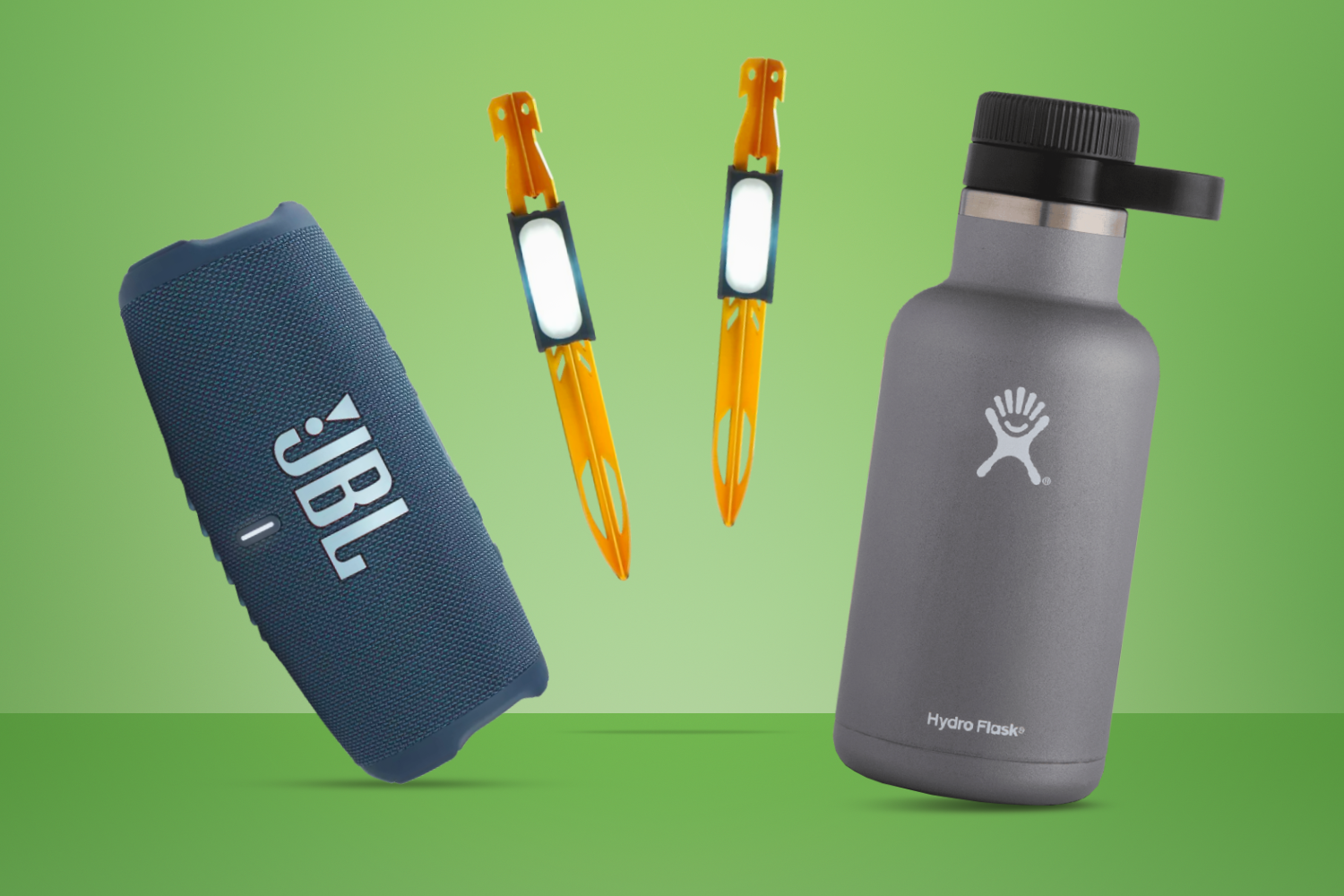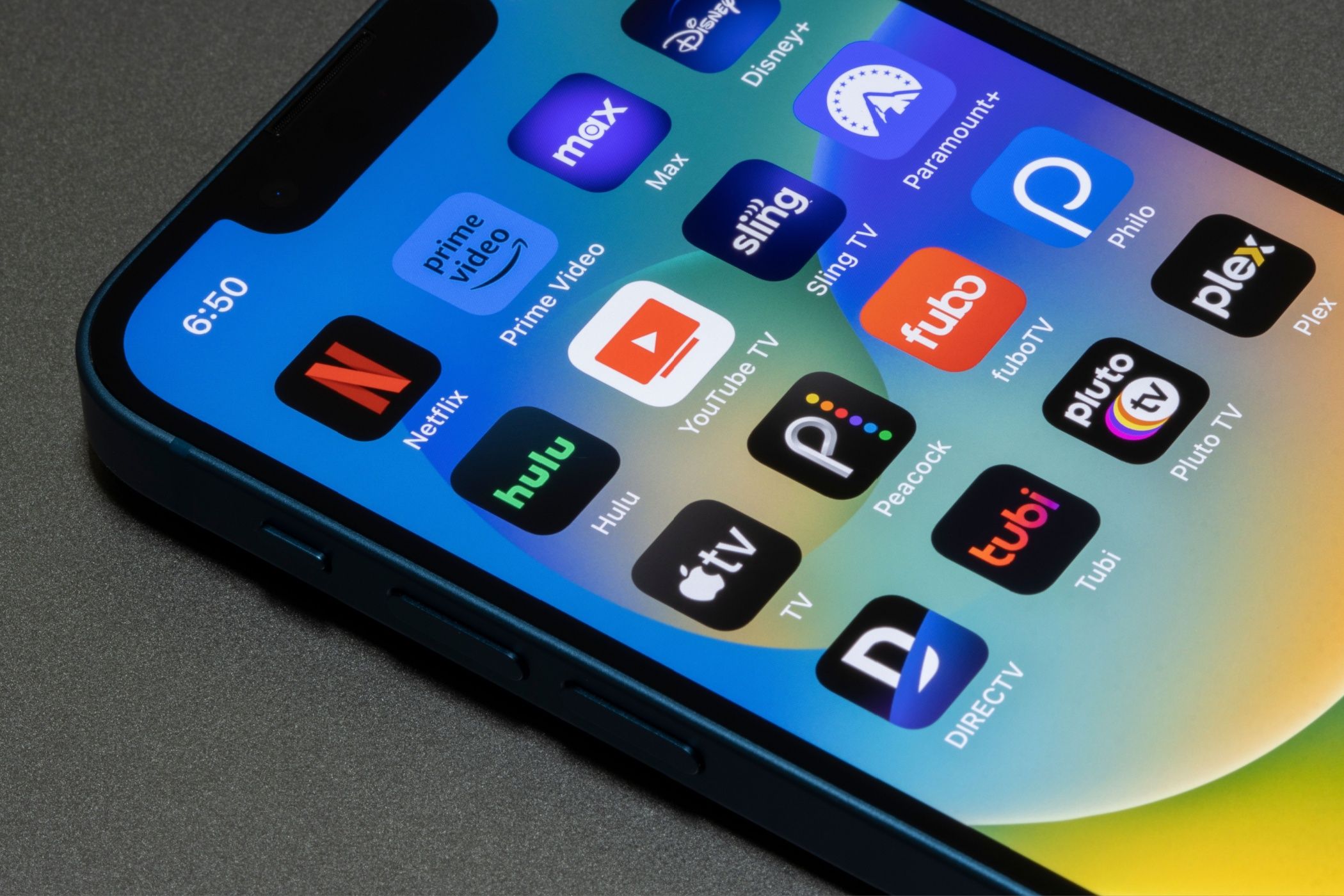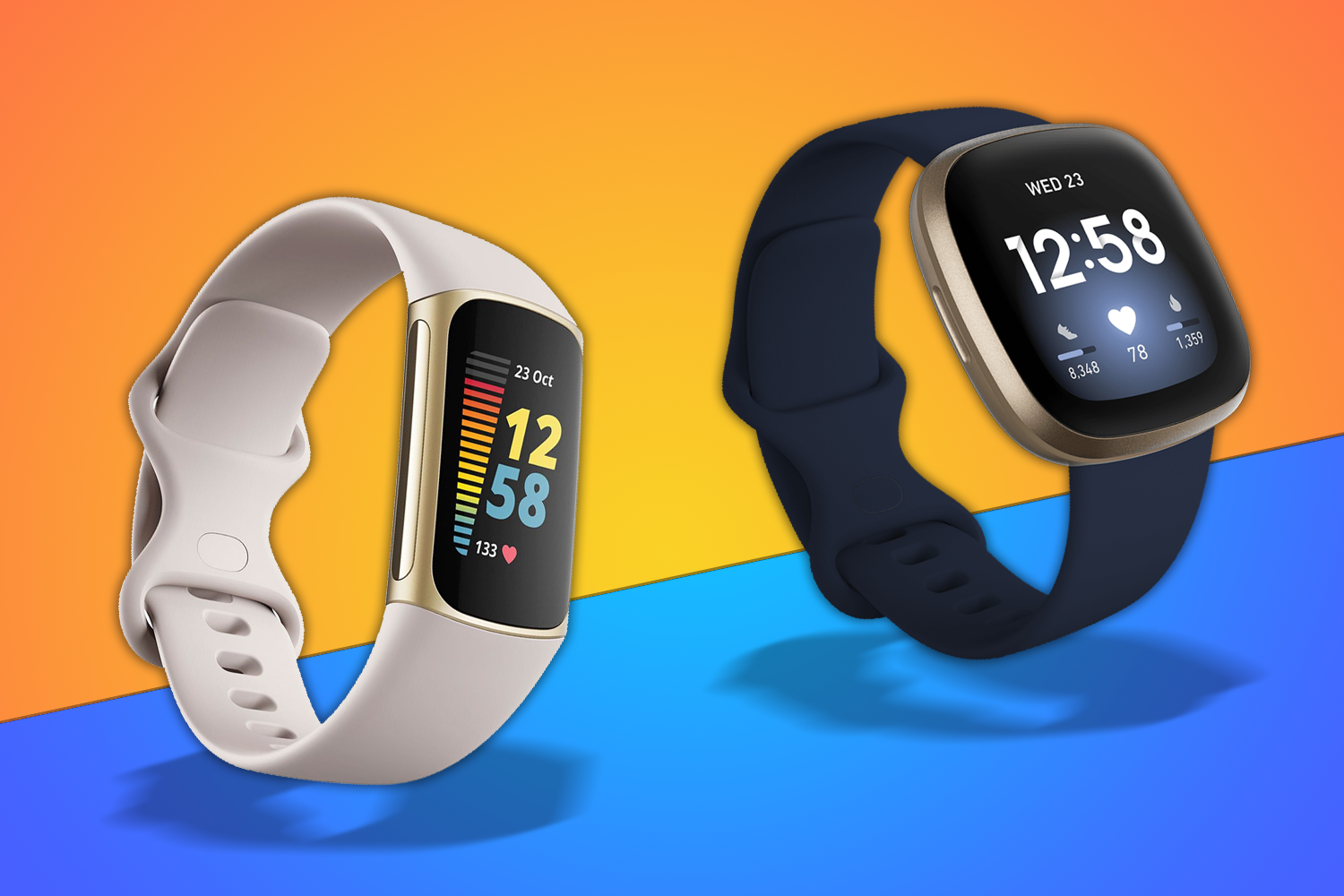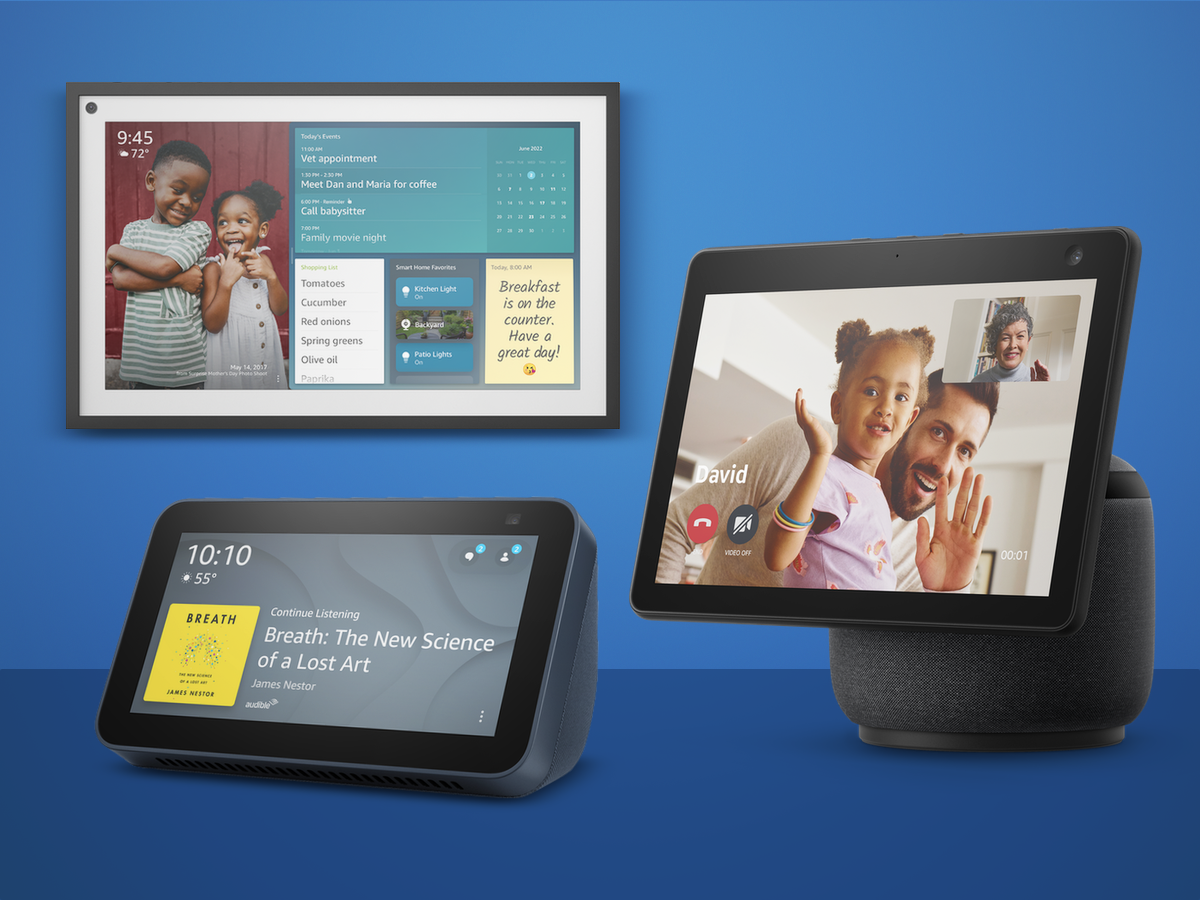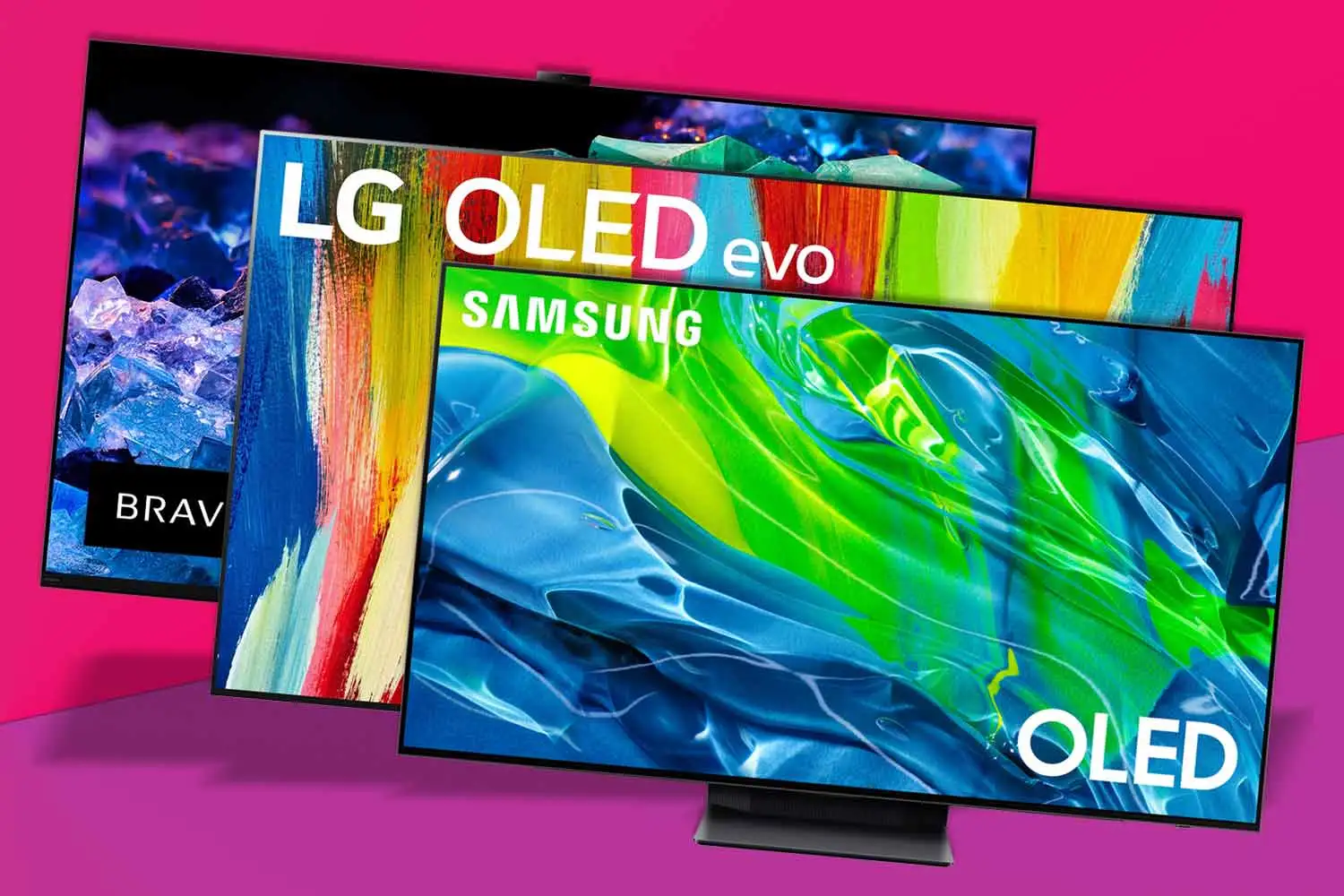Apple’s Pro line-up continues to get even better, showcasing Apple’s flagship features. They’re at the top end of all the iPhone releases. With the release of the iPhone 16 Pro, we see even more significant upgrades. There’s a new button for controlling the camera, slimmer bezels, bigger screens, better cameras, and plenty of power for new AI features.
But how does it compare to last year’s iPhone 15 Pro? Here, we take a look at the differences and improvements Apple has introduced with its latest flagship device.
Design & Display: Slim vs slimmer

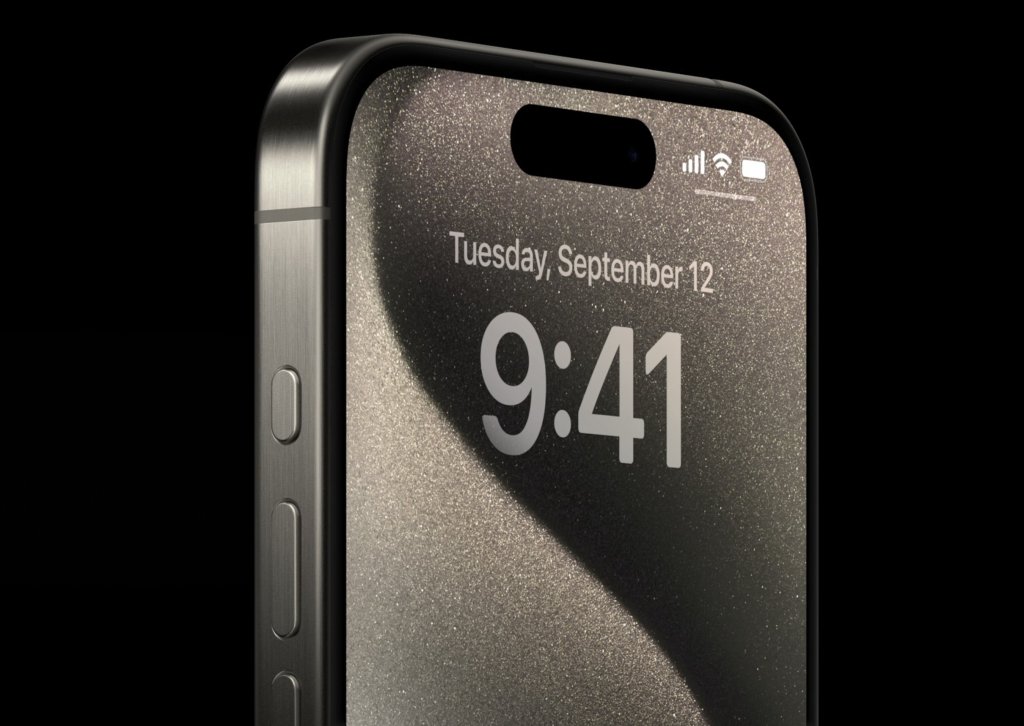

The iPhone 16 Pro maintains the premium materials Apple introduced last year, but with a new twist. The 6.3-inch iPhone 16 Pro and the larger 6.9-inch iPhone 16 Pro Max have near-identical footprints to their predecessors, despite the larger screens. Apple achieved this by drastically reducing the bezels, which are now the slimmest on any Apple device, including the M4 iPad Pro.
The displays are protected by a tougher front glass, which is 50% stronger than the first-gen Ceramic Shield and twice as strong as regular glass. The brightness peaks at 2000 nits, and the display can now dim to as low as 1 nit, making it versatile in various lighting conditions. The 120Hz ProMotion and Always On Display features carry over, ensuring smooth performance and great outdoor visibility.
In contrast, the iPhone 15 Pro also featured a premium design shift with Level 5 titanium, giving the phone a rugged yet lightweight frame. The edges, however, were rounded, reminiscent of older iPhone models. The 6.1-inch iPhone 15 Pro and 6.7-inch Pro Max shared the same display tech, including the Dynamic Island, ProMotion, and Always On Display, and offered 2000 nits of peak brightness for HDR viewing. While the iPhone 15 Pro lacks the super-slim bezels of the iPhone 16 Pro, it introduced titanium to the line-up, making it an early adopter of Apple’s new build materials.
Performance & Battery: All about AI
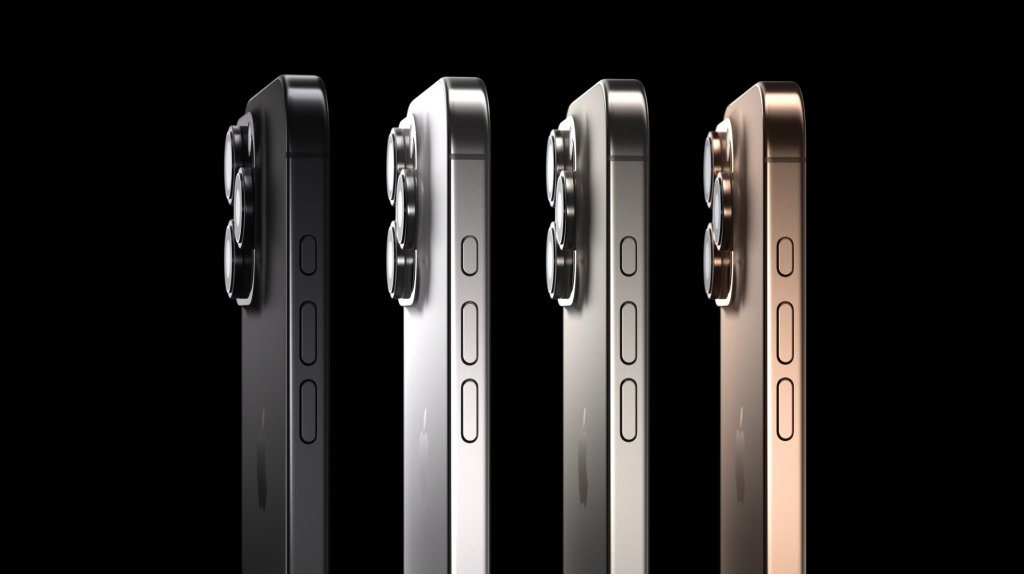



The iPhone 16 Pro boasts Apple’s new A18 Pro chipset, delivering a 15% faster CPU and 20% faster GPU compared to the A17 Pro in the iPhone 15 Pro. The A18 Pro also features a 16-core Neural Engine, offering 15% better AI performance than the A17 Pro.
Built using second-generation 3nm technology, the A18 Pro is not only faster but also more power-efficient, using 20% less energy. The chipset’s new Display Engine and video encoder improve both gaming and video recording experiences, while hardware-accelerated ray tracing promises smoother graphics for demanding mobile games.
The iPhone 15 Pro’s A17 Pro was Apple’s first chip to be labelled “Pro” and was built on the 3nm process, which brought better power efficiency and a notable performance increase over the A16. However, the iPhone 16 Pro’s A18 Pro edges ahead in terms of speed and efficiency, making it the better option for power users, especially those invested in AI-driven tasks and mobile gaming.
Camera: All about size and video
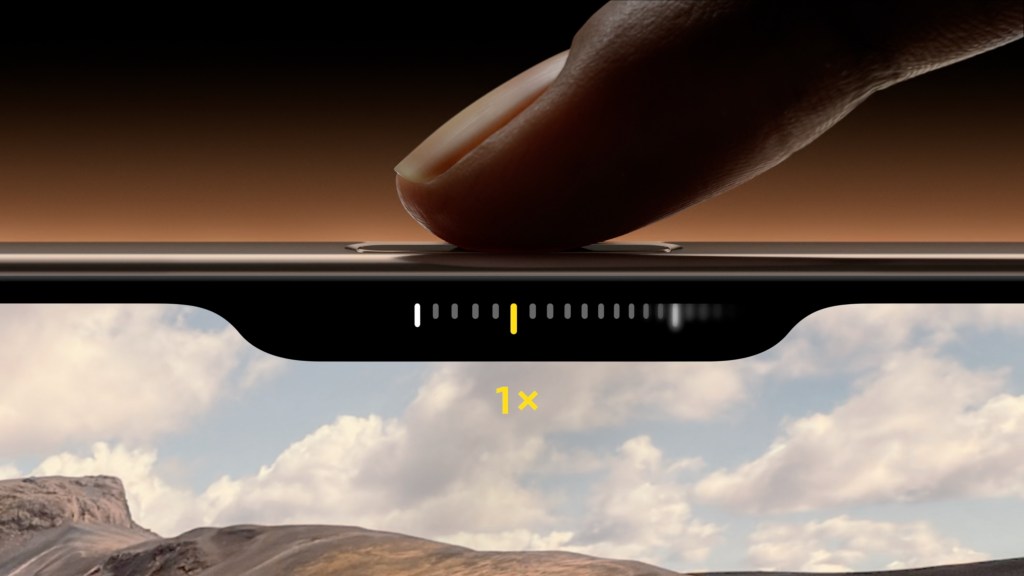

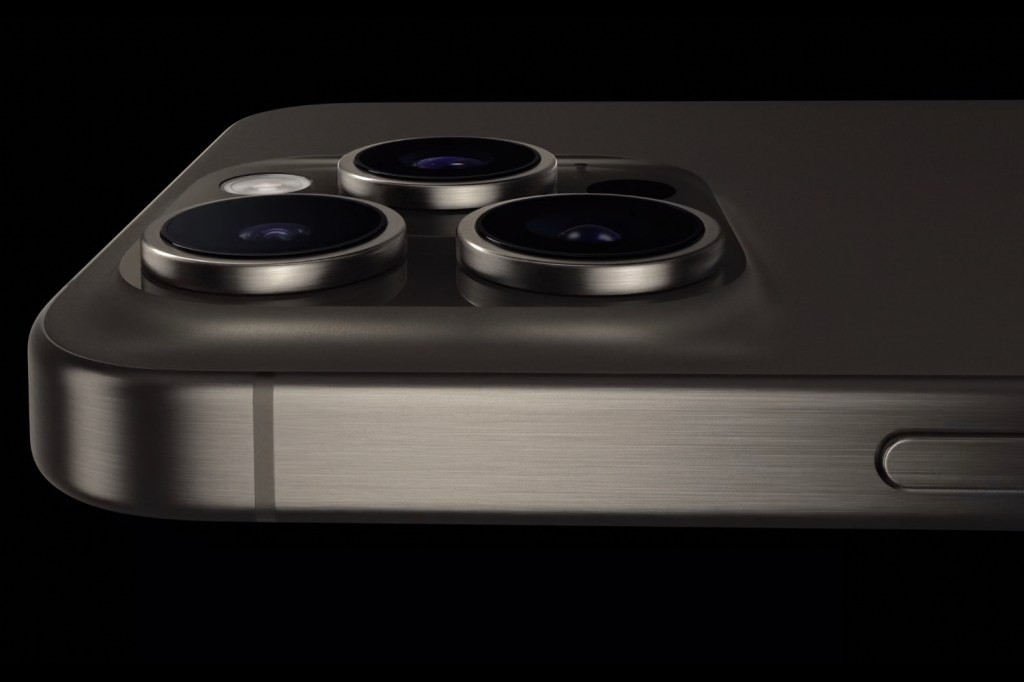

The iPhone 16 Pro is a photographer’s dream, introducing the new Camera Control Button and the innovative Visual Intelligence system. The Camera Control Button allows for intuitive camera interactions through taps, slides, and holds. The Visual Intelligence feature works similarly to Google Lens, analysing what’s in front of the camera and offering interactive options, such as adding event details directly to your calendar.
Apple has doubled down on camera upgrades, with a 48MP Fusion Camera and a 48MP ultrawide, allowing users to take better low-light and macro photos. The telephoto lens still comes in at 12MP, but both Pro models now feature tetraprism technology for 5x optical zoom. Real-time video colour grading and AI-powered audio editing further enhance the iPhone 16 Pro’s media capabilities.
The iPhone 15 Pro introduced a major camera overhaul with its 48MP main sensor, which offered various focal lengths and improved low-light performance through advanced pixel binning. The iPhone 15 Pro Max’s telephoto lens brought 5x zoom, but the standard Pro had to settle for 3x zoom. Both devices supported Spatial Video, 4K recording at 60fps, and Dolby Vision, but the iPhone 16 Pro’s new features, such as the Camera Control Button and AI-powered media editing tools, give it the edge for photographers and videographers alike.
Features: Looking pretty similar
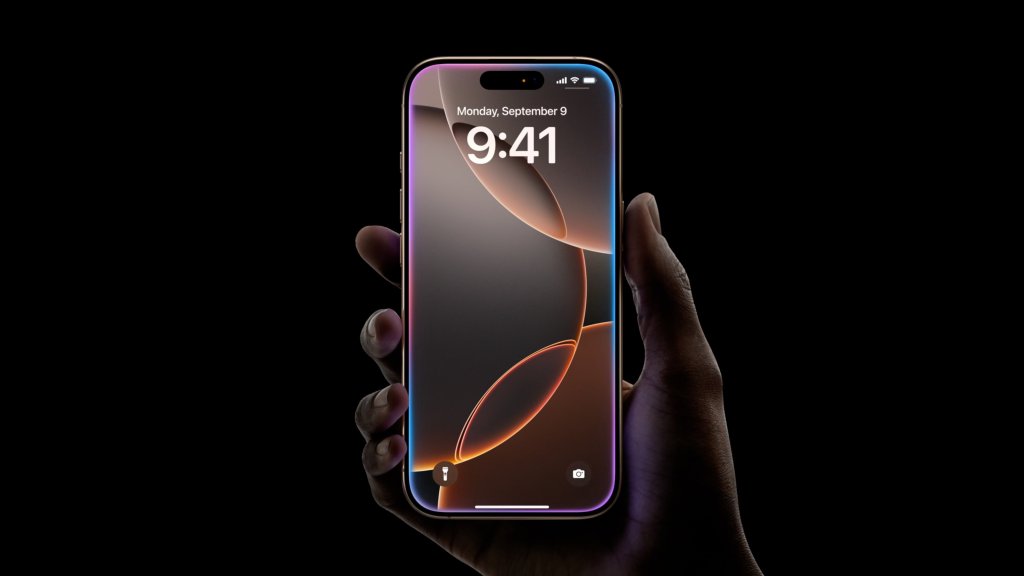



The iPhone 16 Pro retains last year’s customizable Action Button, but adds a new Camera Control Button for more versatile camera operation. Apple’s new AI-powered Visual Intelligence feature enhances how users interact with the camera and the objects they capture. Battery life has also improved, though exact figures were not provided. The iPhone 16 Pro supports Qi2 wireless charging and includes a faster MagSafe charger.
The iPhone 15 Pro marked a shift to USB-C, improving data transfer speeds up to 10Gbps and enabling users to charge other devices, such as AirPods, with the same cable. It also introduced the customizable Action Button, which replaced the traditional mute switch. While the iPhone 15 Pro supported MagSafe charging, it didn’t include the faster Qi2 standard or the additional camera-focused functionality of the iPhone 16 Pro.
iPhone 16 Pro vs iPhone 15 Pro initial verdict


The iPhone 16 Pro builds on the foundation laid by the iPhone 15 Pro, introducing several meaningful upgrades that make it a more powerful and versatile device. The larger display, faster A18 Pro chipset, new Camera Control Button, and AI-powered Visual Intelligence system push the iPhone 16 Pro ahead for photography enthusiasts and power users.
While the iPhone 15 Pro remains an excellent device, especially with its titanium build and powerful A17 Pro chip, the iPhone 16 Pro’s added features and performance improvements make it the go-to choice for those seeking the best that Apple has to offer. You don’t need to upgrade from last year’s device, but the 16 Pro’s upgrades should sway you if you’re rocking an older model.

